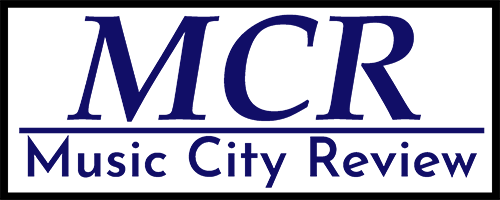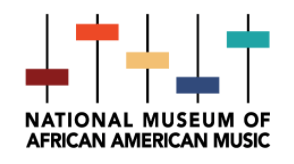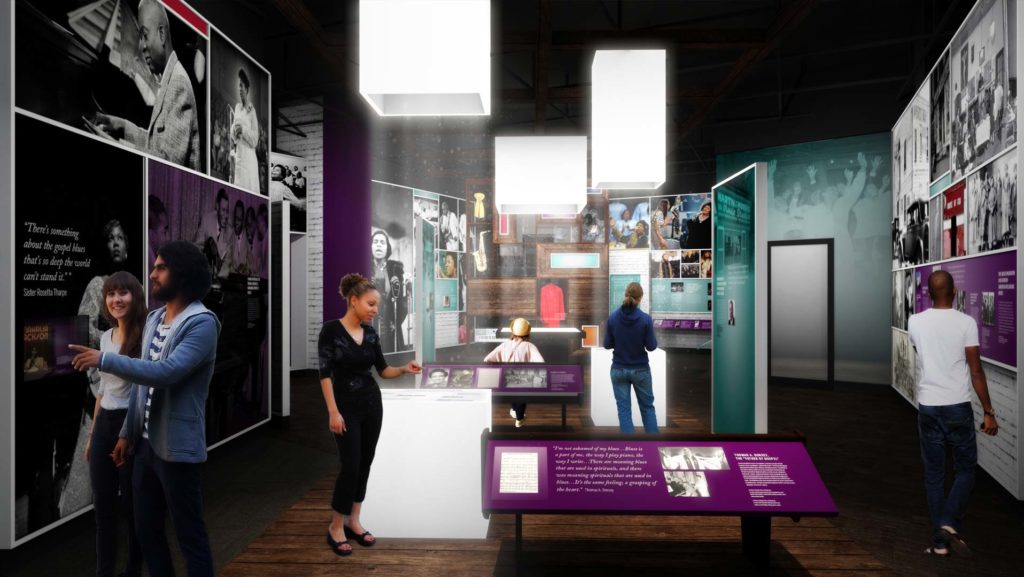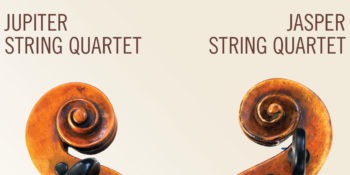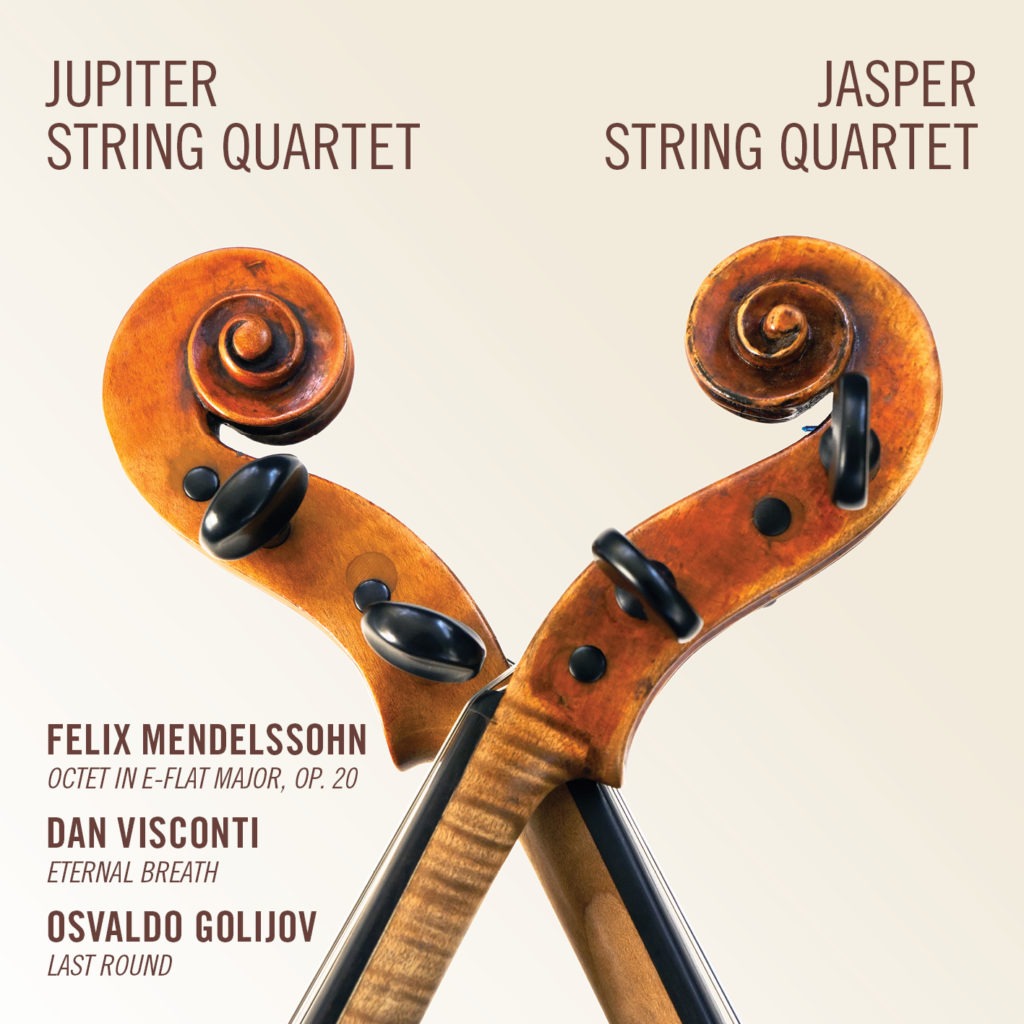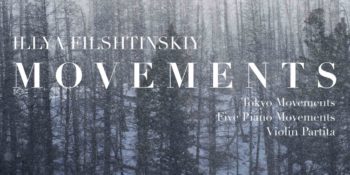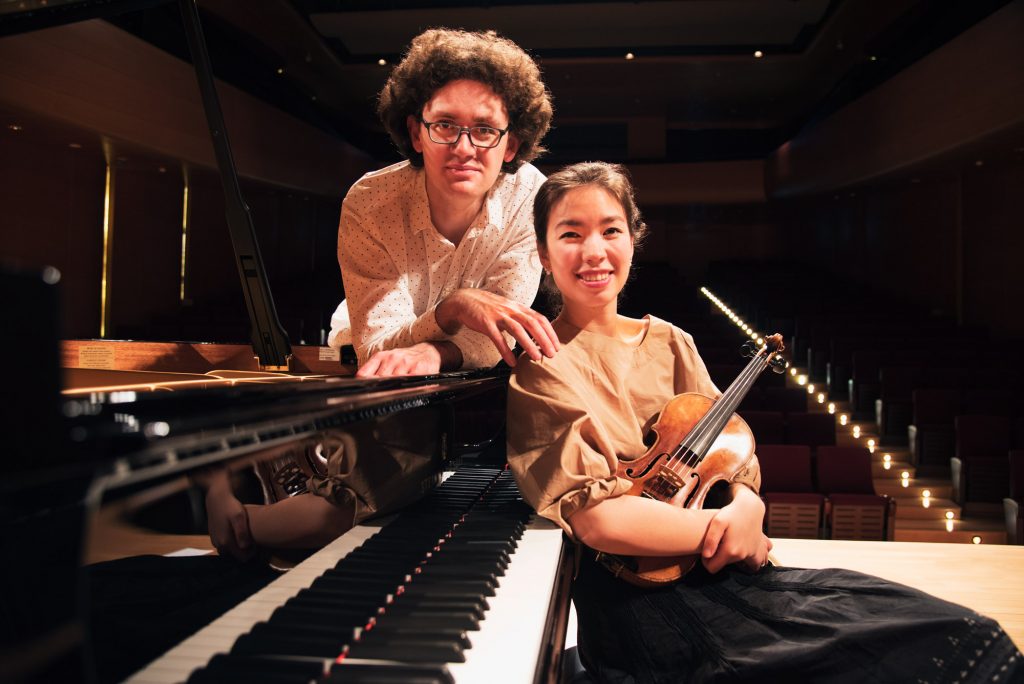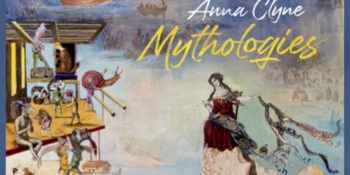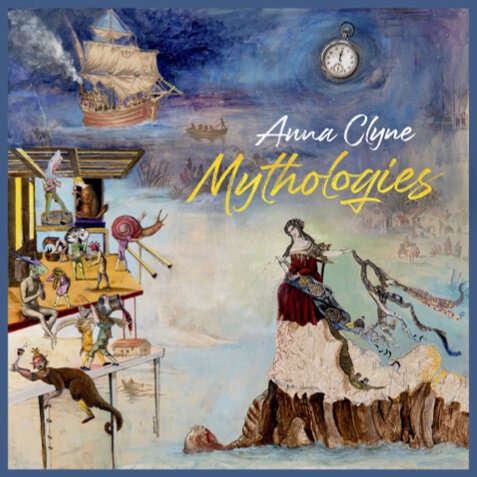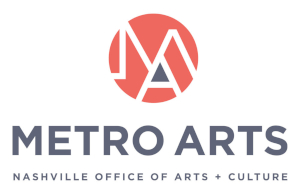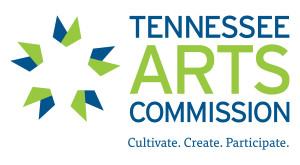Presenting Attitude
Attitude: A Two-Part Virtual Series Preview
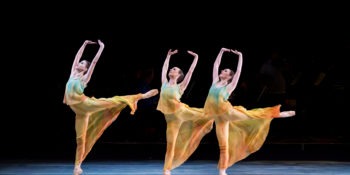
Nashville Ballet is bringing back performances in early March this year. From March 5th through March 7th and April 2ndthrough April 4th they will be performing a virtual presentation of their new Attitude series. Attitude Part I will be virtually performed from March 5th through March 7th, and Attitude part II will be performed April 2nd through April 4th.
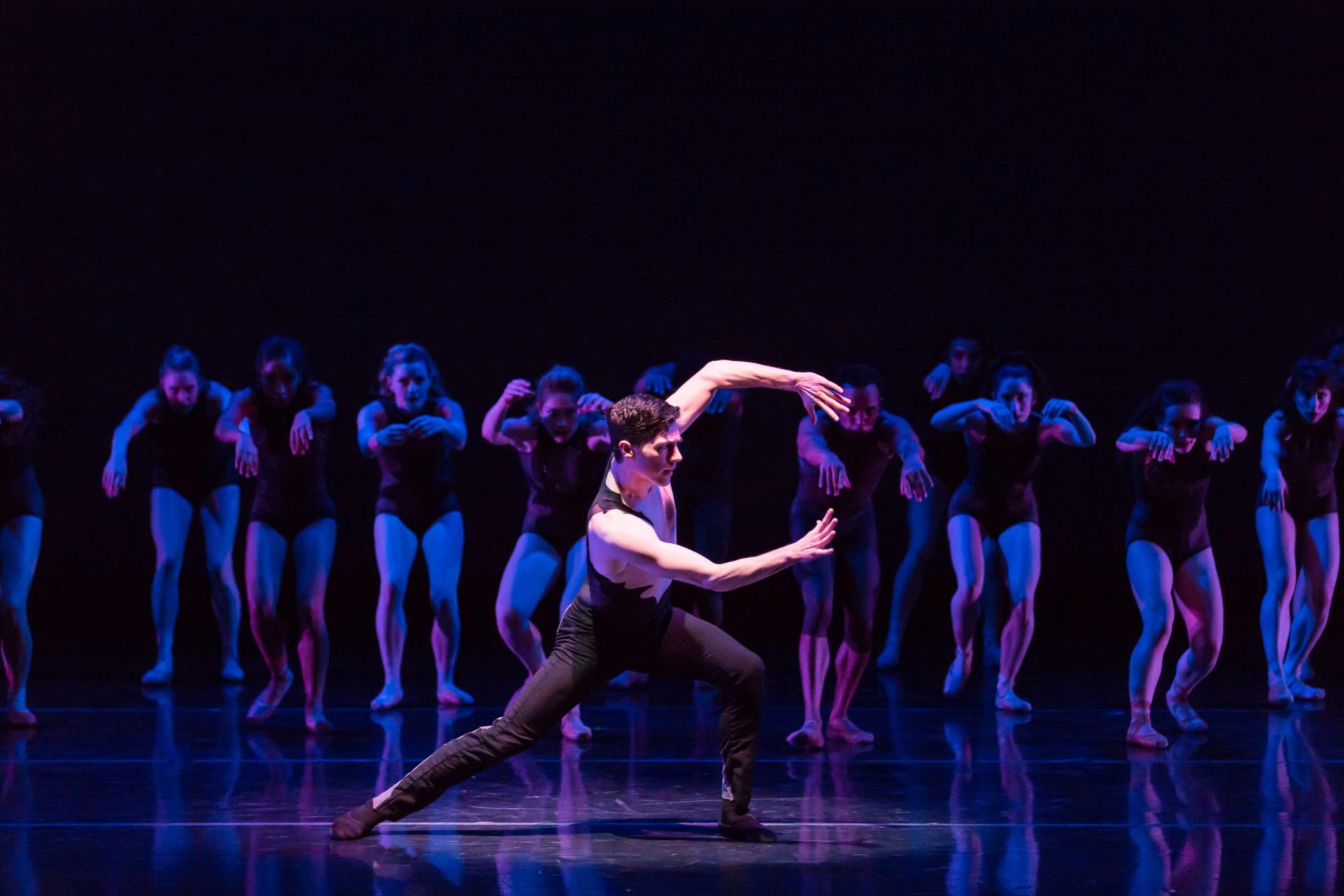
Attitude Part I will feature two popular works : Johnny Cash’s Under the Lights, and Jennifer Archibald’s Superstitions. Paige Atwell claims that Under the lights “gives viewers a unique glimpse into the life and legacy of the infamous ‘Man in Black’”. She goes onto explain the performance also has some collaborations with other famous Cash songs such as Folsom Prison Blues, I Walk the Line, and God’s Gonna cut you down. The music will be recorded Sugar + The Hi-Lows with a rockabilly twist. Along with the Cash performance, Part I will be joined with Superstitions with choreography by Jennifer Archibald. Paige claims that Archibald is, “Known for her unique style of movement that blends the precision and technicality of classical ballet with contemporary dance styles like hip-hop.” This portion will be accompanied with a score from local musician Cristina Spinei.
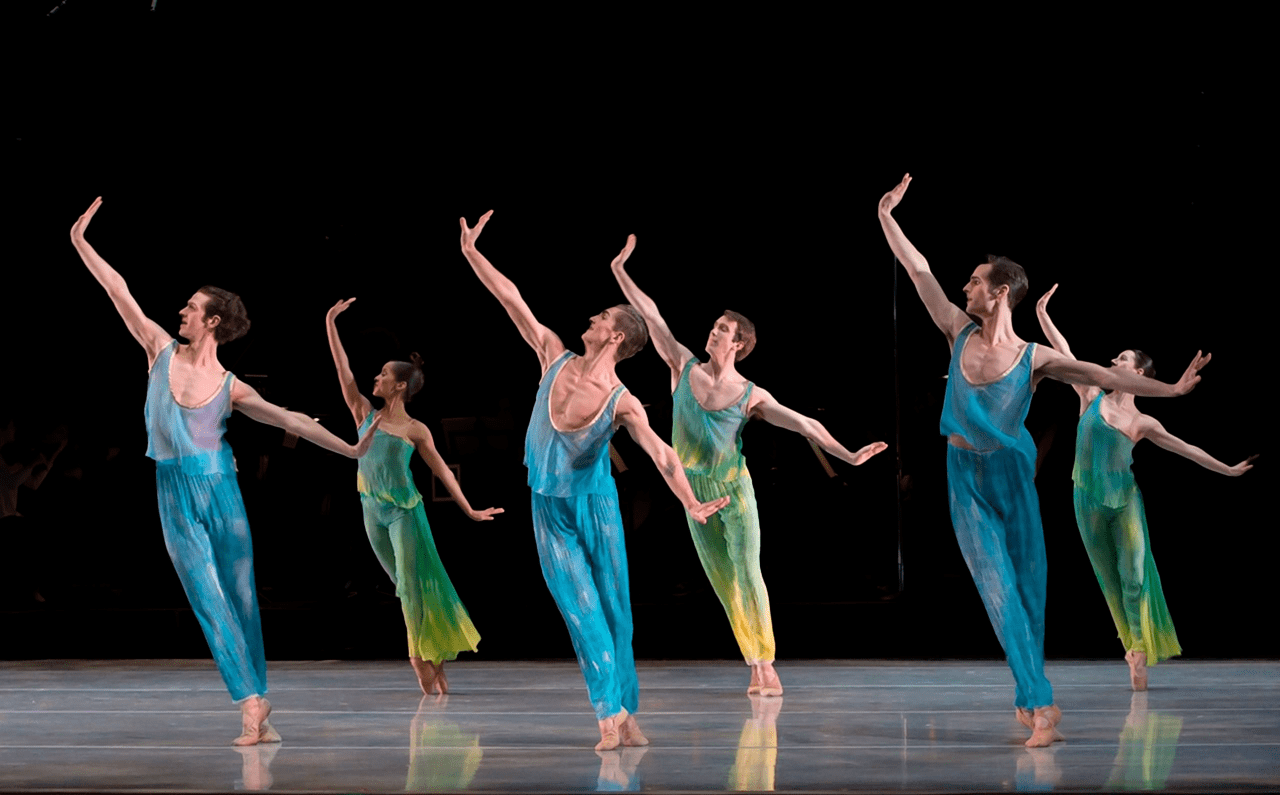
Attitude II is a much more classical ballet. It features Seasons, choreographed by Director Paul Vasterling, and is performed with Vivaldi’s Four Seasons recomposed by Max Richter. The Nashville Ballet hopes for this portion to be a, “fresh and uplifting view on the elements of classical ballet.”
The Nashville Ballet ensures that all safety measures are taking place to make sure that the creating of these performances are done so in the safest way possible. Tickets for Attitude Part I and Attitude Part II are available now and can be purchased here. To learn more about the Nashville Ballet visit their website nashvilleballet.com.
Gateway Chamber Orchestra Presents:
Beethoven@250: Humanity in 2020

It is easy to forget that 2020 was supposed to be a celebration of Beethoven’s 250th birthday. Social unrest, contentious elections, and a global pandemic easily overshadow the events that many orchestras had been planning for years. During all this, performing arts groups have struggled to stay afloat financially. Numerous groups have switched to online concerts to stay relevant. Some, like the Berlin and Oslo Philharmonics, have been producing studio-quality concerts for years. Other groups seem like they have just discovered the internet. The latest concert from the Gateway Chamber Orchestra (GCO) was the group’s first foray into the digital space, but you would never be able to guess it because of its high production quality.
Founded in 2008, the Gateway Chamber Orchestra (GCO) has served the Middle Tennessee community with several classical music concerts each year. Led by Music Director Gregory Wolynec, the GCO regularly performs out of the Mabry Concert Hall at Austin Peay State University and The Franklin Theatre. The group has released a few records on the Delos and Summit Records labels. This digital concert, their first concert presented entirely online, is fittingly named “Beethoven@250: Humanity in 2020”. You can stream the concert on their website here: https://www.gatewaychamberorchestra.com
The video opens up with an introduction to the concert by Roberta Richardson, the President of the GCO Board of Directors. She gives a lovely primer on the history of the group, the COVID-19 induced situation that brought about this concert, and some background on the program’s first piece, Beethoven’s Coriolan Overture. Written in 1807 for Heinrich Joseph von Collin’s play about the Roman general Gaius Marcius Coriolanus, this overture is a staple of Beethoven’s oeuvre. The orchestra was all spaced six feet apart, with string players having their own stand. Every orchestra player was masked including, amusingly, the wind players, their reeds and mouthpieces poking through holes in their masks. Gregory Wolynec led the ensemble through the overture without a score in a blemish-free performance. There were a few timing issues that can be forgiven for the uncommon seating arrangement for the orchestra, but at the core this was a solid performance of a classic Beethovenian work.
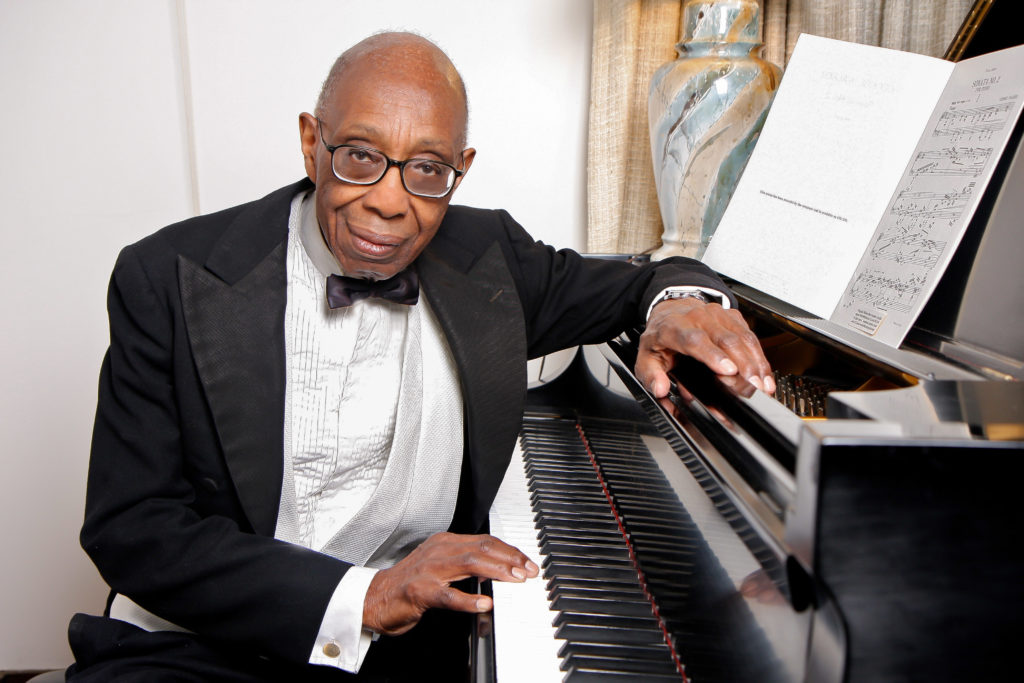
After the Coriolan Overture, Dr. Michael Chandler, Head of Education and Outreach for the GCO, came onto the stage to talk about the GCO’s recent initiative to program music from underrepresented composers. This led into the next two pieces on the program: George Walker’s “Lyric for Strings” and Jessie Montgomery’s Starburst. Born in 1922 in Washington D.C., George Walker was a composer, organist, pianist, and teacher. In 1996 his piece Lilacs secured him the Pulitzer Prize for Music, which was the first time it was awarded to an African American. The Lyric for Strings is a six-minute work dedicated to Walker’s grandmother, who had escaped slavery. It is a slow, lush, and beautiful movement. Gregory Wolynec and the string section of the GCO really shone in this piece. Wolynec effortlessly stretched phrases to their endpoint and led the strings to a fantastic climax. The orchestra loosened up as well, the players moving as if in a chamber group instead of a larger orchestra. The effect is fantastic, and this piece became one of the highlights of the concert.

Afterwards, Roberta Richardson came back out to introduce Jessie Montgomery’s Starburst. Richardson mentioned how Montgomery was recently selected by the New York Philharmonic as one of their featured composers for Project 19, which highlights the centennial of the ratification of the 19th amendment. After the brief introduction the GCO took off with this short three-minute piece. Compositionally this piece was my favorite on the program, but the performance was a little weak. It is a fast, rhythmic, and technical work that tested the abilities of the GCO. In a program note to the piece, Montgomery wrote that this piece “is a play on imagery of rapidly changing musical colors. Exploding gestures are juxtaposed with gentle fleeting melodies in an attempt to create a multidimensional soundscape.” There is a joyful burst of fiery energy throughout the whole work. String harmonics shimmer out of thin air as heavy low strings ground the ensemble in a rhythmic pattern. Although the piece proved a challenge for the GCO, the character of the work still shone through.
After Starburst came a short intermission where Dr. Chandler first came out to talk about “Magical Music and Timeless Tales”, the new educational initiative undertaken by the GCO. Following that was a short somewhat-stiff conversation between Gregory Wolynec and Roberta Richardson about the COVID-19 precautions taken to ensure the safety of everyone in the orchestra, and how Beethoven’s works are the cornerstones of the modern orchestra repertory. Talking about the piece that will wrap up the concert, Beethoven’s 7th Symphony, Wolynec comments: “A symphony that I think, is just about perfect and it is so fitting for our theme of tragedy to triumph.”
Mounting the podium scoreless once again, Wolynec begins Beethoven’s symphony that is a celebration of rhythm and dance. From the first downbeat the GCO plays like a totally different ensemble from the first half. Nuances in the music come to the forefront, dynamics are clear and crisp, and the members of the orchestra play with increasing musicality. In a Beethoven symphony that has been presented countless times throughout the years it can be hard to find new ground in the piece, but the GCO unearth rich life in this 207-year-old piece.
The first movement’s introduction is noble and powerful, contrasting perfectly with the lighthearted vivace. The woodwinds steal the show in the first movement; brilliant playing by each member makes the piece as lively as ever. The second movement was dedicated to “All of the lives we lost in 2020” with the hope of brighter days to come. Wolynec starts the group off at a moderate pace and then does a fantastic job of backing off and letting the movement unfold on its own. Conductors, especially in this movement, can become too involved and bog down the music. In a symphony all about rhythm I appreciate when a conductor can lean into the rhythms and syncopations to really bring the piece to life.
The third movement was off to a rollicking start with the violins leading the way. Again, the GCO seemed right at home with this piece. They showed no discomfort at the quick tempo and were able to dance throughout. Even through a masked countenance, Wolynec encouraged the playfulness through eye contact and smiles. I couldn’t help but smiling as well throughout this whole movement. The last movement marked “Allegro con brio” could have used a little more ‘brio’ in my opinion; after all of the sparkling playing in the first three movements this finale should be the race to the end. At intermission, Wolynec called this piece “just about perfect” and made it evident through his clear interpretation and smooth music making. The GCO excelled in this work even through the difficulties of sitting spaced apart and playing through masks.
Overall, Beethoven@250: Humanity in 2020 is a great showing for the GCO. The playing in the first half was a tad lackluster, but the second half left little to be desired. Special mention should be given to the media team that produced this concert. High quality audio captured the sense of being live in the room and multiple camera angles were sure to catch all of the action. I salute any organization that can put on a concert during these times, and especially a concert of such high quality as this one. If you enjoy these concerts and enjoy the performing arts then I would highly recommend supporting organizations like this one.
Live on the Internet:
Orpheus Chamber Orchestra performs Beethoven’s Egmont
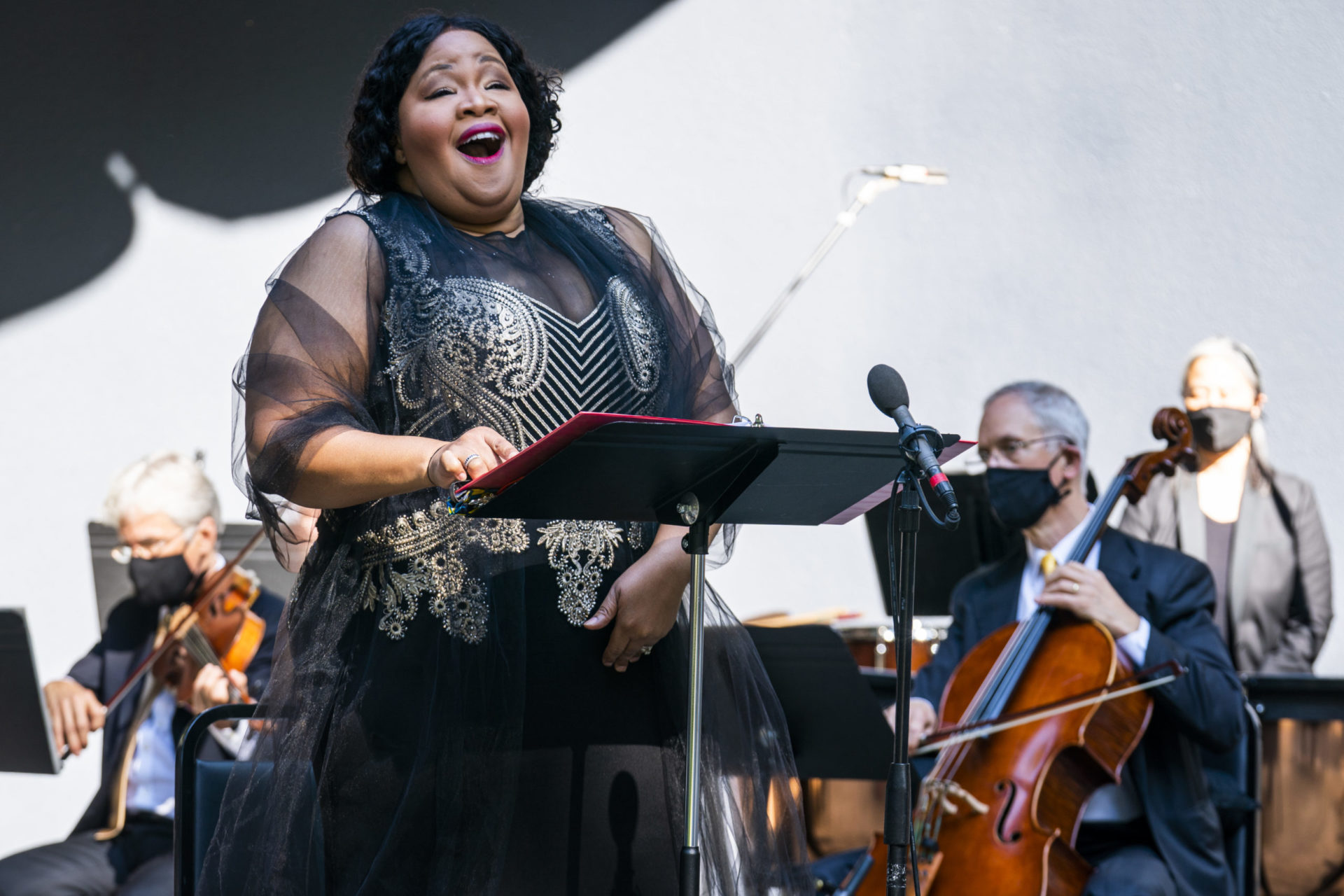
Initially, one may ponder if Ludwig van Beethoven’s 250th birthday really needs to be celebrated with performances offered in his memory. Does extra attention need paid to a composer who is canonized every year, throughout the world, in various genres? Should programming instead attempt to draw relevant parallels to current events in hopes of providing some insight and reflection about modern conflicts? Fortunately for us, the Orpheus Chamber Orchestra has managed to do both with their most-recent production of Egmont, Op. 84.
Johann Wolfgang von Goethe’s 1788 play, Egmont, has been adapted by Franz Grillparzer, with an English translation and further adaptions made by Philip Boehm for this production. Action centers around Count Egmont’s martyrdom in protest of the occupying forces under the command of the Spanish invader, the Duke of Alba. Championing the ideals of liberty and justice, Egmont’s death is celebrated as a victory against oppression. Beethoven composed a series of incidental music movements between October 1809 – June 1810 to enhance Goethe’s text. This music was written shortly after Beethoven had completed his Fifth Symphony – a time when both the Napoleonic Wars and Beethoven’s political views were raging.
…a time when both the Napoleonic Wars and Beethoven’s political views were raging.
It may seem puzzling for a revolutionary like Beethoven to collaborate with a courtier like Goethe. Perhaps, but despite their different sociopolitical leanings, there remained a mutual respect amongst the two creative geniuses for each other’s work – an impressive siloed restraint of bipartisanship. Equally impressive is the recent performance of this work by the Orpheus Chamber Orchestra. Filmed on October 1 at the Beechwood Park Bandshell in Hillsdale, New Jersey, the performance is available for viewing from October 17-22 via the Idagio platform online.
The musicians were seated with a degree of social distancing between every performer. String and percussion forces remained masked the entire performance, whereas woodwind and brass musicians did not use masks or any form of instrument coverings. Narrator, Liev Schreiber, and vocal soloist, Karen Slack, removed their masks just before their respective first contribution to the performance, never again using facial coverings for the remainder of the work.
The Orpheus Chamber Orchestra programmed Tarkmann’s arrangement of Egmont. This setting uses reduced orchestral forces, specifically a single flute – doubling on piccolo, oboe, clarinet, bassoon, horn, trumpet, and one percussionist, in addition to the expected string consort compliment. While effective, some density of the original composition is lost with omitted octaves in lieu of a more transparent harmonic texture.
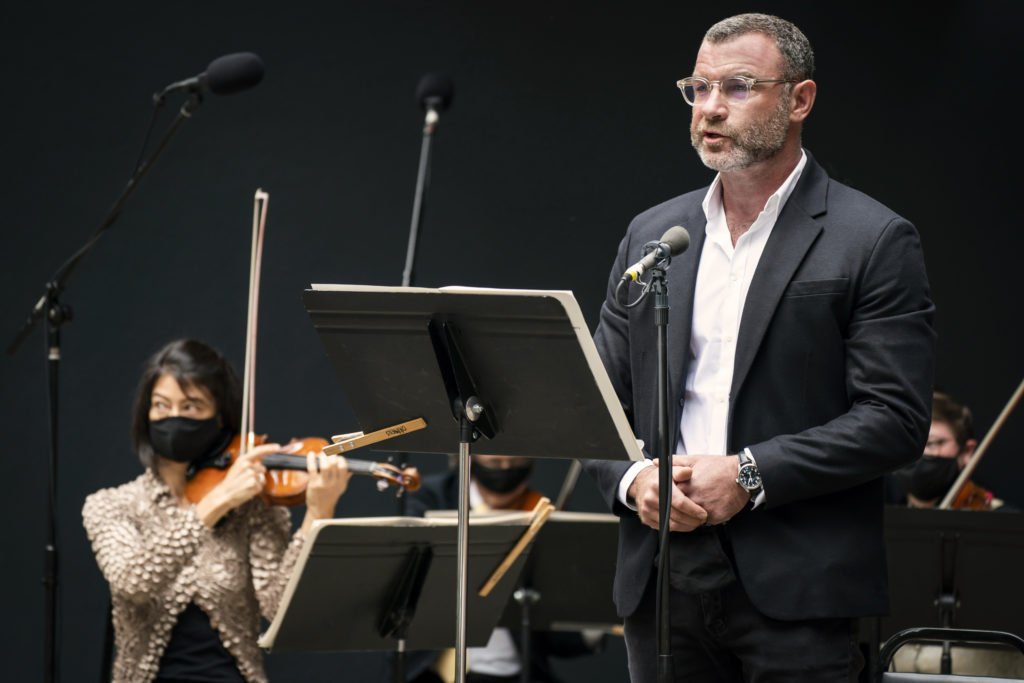
Liev Schreiber’s enchanting vocal cadence effectively captures focus from the beginning. The varied use of inflection and pacing successfully helps to navigate one through a complex network of emotion. Schreiber’s opening dialogue delivers a hauntingly familiar sentiment for those frustrated with the current political climate, offering the belief that, “. . . but in their hearts, they are yearning for the past.” This desire for a more ideal time is obstructed by our antagonist, the Duke of Alba, who’s objective is to, “quash dissent.” Yet another familiar political tweeting muse. The exchange between the musicians and the narrator has been finely tuned and proves to be a welcomed retreat from the noise of other interrupting facets of modern life.
Not to be forgotten is Karen Slack. Ms. Slack is a seasoned performer whose stage presence and vocal command is inspiring. The two vocal movements, “Die Trommel gerühret” and “Freudvoll und leidvoll,” leave one wishing that this work included additional movements that would feature her voice. Slack currently has a busy artistic season scheduled, of which a world premiere by Adolphus Halistork is rather intriguing. Aspiring to achieve such truth through performance as Slack does, makes ‘being a Karen’ no longer a pejorative.
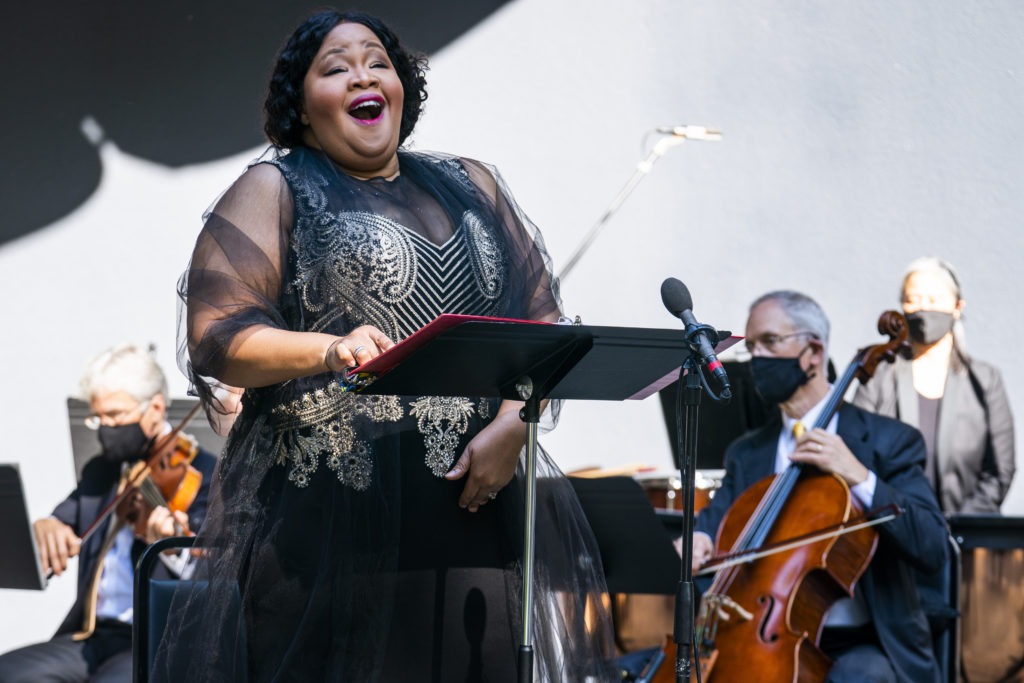
The third incidental music setting, “Entracte: Andante,” was highlighted by Eric Reed’s horn playing. The agility used to reach the highest of registers proved to be impressively controlled. Leading into the sixth setting, Goethe offers that, “What words can’t tell, music will convey.” James Austin Smith’s oboe playing then certainly requires multiple volumes. The cantabile quality achieved by Smith throughout “Entracte: Allegro-Marcia” was paired with a clarity of articulation and a convincing ability to prepare cadential moments that, in turn, felt inevitable. Maya Gunji’s timpani playing further enhanced the performance later in this same movement, contributing an assured and unyielding depiction of the passing time.
Gunji’s playing later gives way to the lyrical ‘mezza voce’ mourning of clarinetist Alan Kay in the next setting, “Entracte: Poco sostenuto e risoluto.” Kay’s moving contribution is a deployment exquisitely supported by Gina Cuffari on bassoon. Elizabeth Mann’s flute playing enhances the penultimate movement, “Melodram: ‘Süßer Schlaf,’ before Louis Hanzlik’s trumpet playing courageously heralds “Siegessymphonie: Allegro con brio” and encourages the ensemble to energetically reach the conclusion.
Various camera angles and musically driven editing keeps one’s interest while still maintaining focus on the composition. Some ambient noises can be heard, and, on a few occasions, camera angles include a parking lot in the background of some shots. While the two aforementioned realities are noticeable, I would stop well short of suggesting that they are distracting. I have yet to attend a live concert where the unspoken compromise of undesired audience participation – coughing, dropped programs, loud whispering, et. al – is not willingly waged for the chance to experience the magic inherent with live performance. I would suggest ‘going all in’ to view this production.
With recent notices signaling the cancellation of seasons by the Metropolitan Opera, New York Philharmonic, and Broadway, the Orpheus Chamber Orchestra should be commended for its willingness to adapt and find flexible solutions to continue safely creating art. This performance of Beethoven’s Egmont, Op. 84, feels to exist in the vernacular of society’s current struggle to define its desired trajectory of morality. Our desire to define our North Star, be it rising stock markets, law and order, an empathetic awareness that we can only be as strong as our weakest member, or a combination thereof, has been brilliantly mirrored through this performance.
Nashville Opera
One Vote Won: A Streaming Must-See

Ask anyone from six months ago what they’d be doing right about now, and I’m sure it would be far different from what we’re pulling off now. For musicians, composers, actors and actresses, artists, and admin, this current cycle in the thing we call life is a weary one. Couple this reality with tense race relations and ever-increasing inequity, and it’s as if the world may never recover. While many seek a return to the status quo, the Nashville Opera is taking a different approach. With One Vote Won, the company is rightfully meeting the moment we face as a society. Composed of diverse musicians and a cast that encompasses some of the best talents in Music City, with varying musical excellence and acting to boot, the virtual premiere of this work by composer Dave Ragland is significant. This year has brought lots of surprises, for better or for worse. That said, this premiere is the best surprise to rise from the ashes of 2020. Composed by Dave Ragland with a libretto by Mary McCallum, One Vote Won is a work that brings together a brilliant Nashville cast in a unique and inspiring way.

The opera begins by introducing us to Gloria (Tamica Nicole), a contemporary woman whose character we gradually become familiar with as the work progresses. A sharp mix of humor, wit, and powerful composition, the beginning introduces us to Gloria’s world, as well as her thinking. She’s discouraged with the state of things, and frankly, who isn’t these days? We see a character that strays from the prima donna we’re used to seeing in many operas. But what’s unique about Gloria is that very fact – she’s relatable, funny, and Tamica Nicole flawlessly encapsulates this personality through incredible prose. From the impressive leaps and overall melodrama, Gloria is a character with dazzling range and passion (for Disney+ and Hulu, that is).
“People sleeping in the streets” begins our next sequence, as Gloria takes a walk to clear her head but can’t keep from focusing on these stark truths in plain sight. A reality that one would think was from the pen of a composer in less fair and less equal times. Gloria is one that Ragland and McCallum can paint so eloquently – a woman who is independent and questions so firmly the possibility of change. 2020 is a year when it’s easier than ever to become demoralized. But just as we look back on Mozart and Beethoven to conjure a picture of the hardships they lived, so future generations will too with works like One Vote Won. Will we confront the past and change for the better? Gloria isn’t convinced, and as these opening scenes in particular point out, change is long overdue.

As the story continues, we also become familiar with two titans of progress. These two women are having a field day in Gloria’s mind, as she fails to block them out as they shout, “go vote!” The identity of one of these hidden figures is then revealed as Juno Frankie Pierce, played by the incredible Jennifer Whitcomb-Oliva. Frankie Pierce, born to a house slave, was the only African American to address the May 1920 state suffrage convention held in the Tennessee House chamber, and ultimately was the founder of the Tennessee Vocational School for Colored Girls. Whitcomb-Oliva brings life to Frankie Pierce in a way that urgently recounts her history. “What if one woman decided not to vote?” Pierce pleads her case to Gloria. The range and dictation in the two character’s recitative as Frankie Pierce plays devil’s advocate is flawlessly executed, even with the actors and musicians not filming together for social distancing purposes. Gloria exclaims that even years later, we’re still fighting, and she keeps pressing the fact that her voice doesn’t matter. Again, the opera focuses on subject matter that can feel close to home for so many. There are pronounced nuances to the composition in-turn, such as how the libretto carefully intermingles with the tone-poem style playing of the stripped-down orchestra.
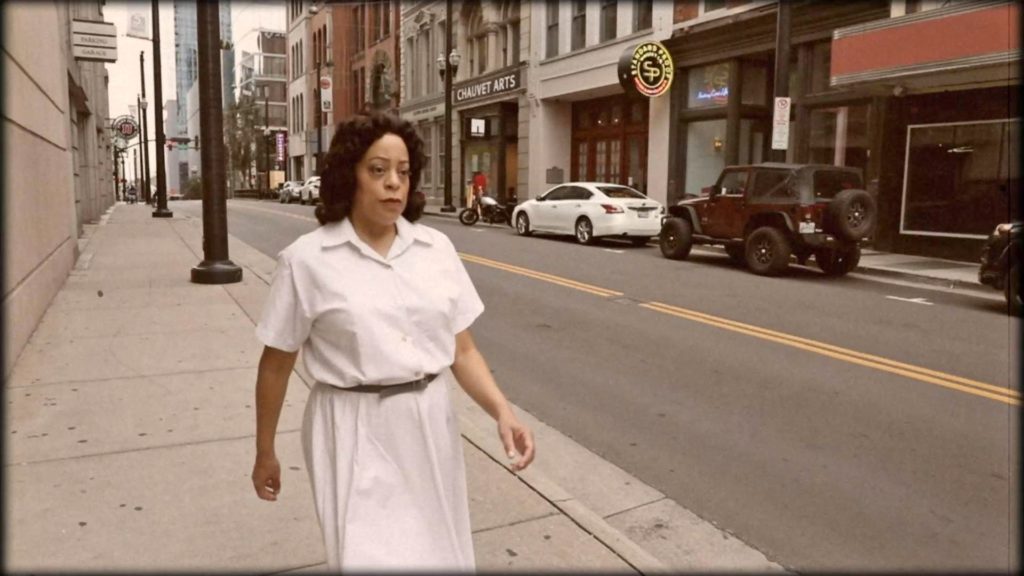
Despite Pierce recounting her history to no avail, the audience then discovers the second voice in Gloria’s head. Diane Nash, portrayed by Nashville’s own Brooke Leigh Davis, was a crucial figure in the civil rights and antiwar movements from 1959 to 1967. She was instrumental in the desegregation of Nashville’s lunch counters and also heavily involved with Martin Luther King Jr.’s peaceful protests as well as the Freedom Rides. Most notably, Nash is still alive today, a sheer reminder of how close this history still is to our modern times. The biggest challenge of acting a character that is still alive and making it a success is all about the authenticity and realness you can bring to them. As with the rest of the cast, Leigh Davis is a mighty singer and is not ashamed to hold back, ultimately providing that much more interest and color to this work as a whole. An important quality, especially for an opera that cannot premiere in person. While Nash is still from a different era than our contemporary Gloria, the viewer can tell that Nash is still just as relevant today as she was then. Nash paints her history with a brush that consists of dynamic vocals accompanied by intense passages performed by musicians Shelly Blair, Cremaine Booker, and Konson Patton.
The scene briskly pivots to tell of how Nash proudly led many Nashville sit-ins and ultimately confronted the local mayor, Ben West, to convince him to desegregate lunch counters. Still, even Nash’s bravery and sacrifice told through intriguing cut-scenes offer no success. In spite of Pierce and Nash being ghastly opposed to Gloria’s thinking, Ragland is still able to open a window and intrinsically show why she feels this discouragement. This sentiment felt, frankly, by many African Americans across the United States. “To be oppressed, you have to agree,” exclaims Nash, right before the audience is whisked again into one of the most powerful and arguably most musically fascinating scenes of the work.
The last few minutes shift to a tour-de-force of all three women contending with jazzy undertones and the most epic libretto of the piece. At last, Gloria’s tone has changed. As she recites the names of black people that have died at the hands of police violence, she ultimately convinces herself that the change that’s needed is too crucial and not worth dismissing. Through the scenes prior and with a final beautiful duet, Frankie and Diane show Gloria how change can happen through many different means, and ultimately her vote is a good start.
As arts organizations across the country and the world reckon with a past that has excluded and marginalized certain groups, it is new and relevant works such as One Vote Won that is needed more than ever. Despite all of its faults, art has a history of adaptation that progresses because of this age-old notion of creating new and meaningful things that impact our lives. That said, recording and streaming an opera that is live-sung is no easy feat. Streaming, of course, also brings with it a multitude of technicalities that could further alienate viewers. Nevertheless, seasoned Nashville Opera listeners expect this forward-thinking attitude from the company. But it begs the question, will the opera reach its intended audience that it means to persuade? Is this the sign of an industry that’s ready to change and confront its past while moving towards a brighter future that is more inclusive and aware? One Vote Won is smart, epic, and meets the moment in a way unique to Nashville Opera. “It’s time to make a change” ends the piece. Indeed time will tell what the future brings, but as Dave Ragland’s incredible work points out, change starts with you. And me. And them.
Subscribe, Comment or Share below!
